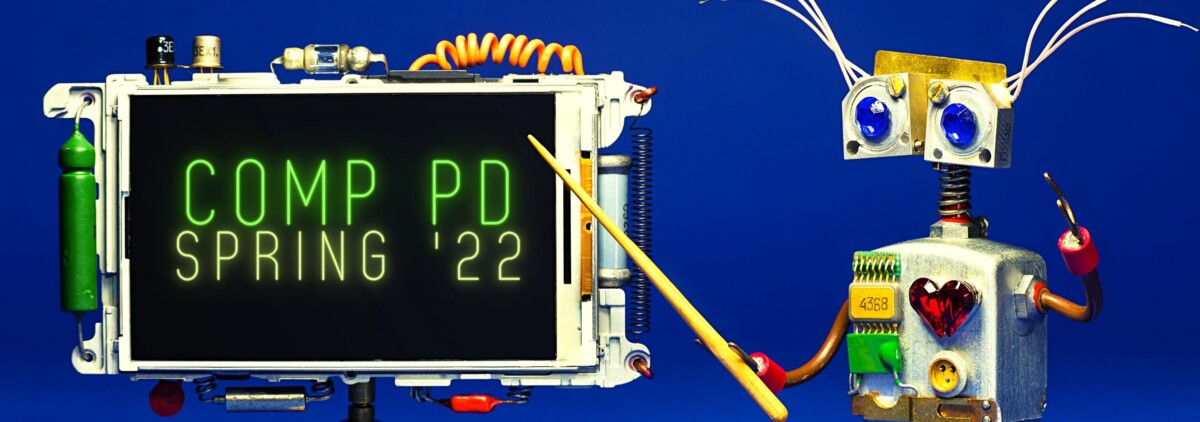Devon Pizzino
The low-stakes assignments I have used to show 1.) what genre is and 2.) how and why we move between genres to reach our audiences and achieve desired outcomes have been the following:
- I have students complete a few readings assigned and create an Audience/Purpose/Genre Journal (for online, this could actually become a discussion board forum) where they comment on who the audience is and how they know this using examples from the text itself, identify the purpose of the piece by writing a complete sentence that shows if it includes one or more purposes (ie: to inform about the problem and argue a solution), and finally identify the genre. If they keep this up, they can begin to see how different genres work on different audiences and that each influences the other.
- I assign them a particular genre to review/read then ask them to complete this genre Analysis Worksheet:
- I give them the option to choose one genre I assign and evaluate it according to questions below and then have them to find genres they are interested in either that they have looked at before and would like to better understand or genres they want to learn more about that they have not had much experience with such as this example below I am doing for their unit 3:
Step 1: Analyze multimodal models:
Due: 4/22 @ 11:59pm uploaded to Openlabs as NameStep1Unit3
Choose One:
Wait, But, Why? “Why Procastinators Procrastinate” Tim Urban
“Inside the Mind of a Master Procrastinator” Tim Urban
After reading the chosen text from the list, identify the features of the genre, the audience(s) it appeals to, where and how it’s used, and how it makes its points:
- What genre is this text (e.g. photojournalism or fashion photography, romantic comedy film or horror film)?
- What conventions/characteristic/features are common to this genre (describe the text and what it includes)?
- How are the media elements and modes shaped to audience expectations?
- How does the time period during which the text was produced relate to the content?
- What values or opinions are being suggested by the author or implied author to the audience?
- Who is this composition for, and what are the signs that it’s aimed at this particular audience? What stakes does this audience have in the content of the composition?
- What is the purpose of this composition? Does it aim to educate, entertain, persuade?
- What is the context of this composition? Who writes/records/makes it? How is it distributed? What similar compositions exist, if any? How do these factors inform our analysis of this composition’s content?
- Where did you find this text and what is its purpose?
- What role does this text play in your life?
- Who or what is pictured in the text and why is this the focus?
- How did you react when you experienced the text?
Step 2: Find and analyze the model you want to base your own project on:
Due: 4/24 @ 11:59pm uploaded to Openlabs as NameStep2Unit3
Now, find and analyze your own sample of a multimodal text in the genre you will be working in, with particular attention to work you want to emulate (or avoid!).
- What genre is this text (e.g. photojournalism or fashion photography, romantic comedy film or horror film)?
- What conventions/characteristic/features are common to this genre (describe the text and what it includes)?
- How are the media elements and modes shaped to audience expectations?
- How does the time period during which the text was produced relate to the content?
- What values or opinions are being suggested by the author or implied author to the audience?
- Who is this composition for, and what are the signs that it’s aimed at this particular audience? What stakes does this audience have in the content of the composition?
- What is the purpose of this composition? Does it aim to educate, entertain, persuade?
- What is the context of this composition? Who writes/records/makes it? How is it distributed? What similar compositions exist, if any? How do these factors inform our analysis of this composition’s content?
- Where did you find this text and what is its purpose?
- What role does this text play in your life?
- Who or what is pictured in the text and why is this the focus?
- How did you react when you experienced the text?




Devon, I really like these questions a lot! I’m not quite sure yet what you’re asking students to DO for Unit 2. What will they be turning in? Remember, for your final materials, turn in an assignment sheet for Unit 2 as you would turn it in to students!
C
Ignore that!